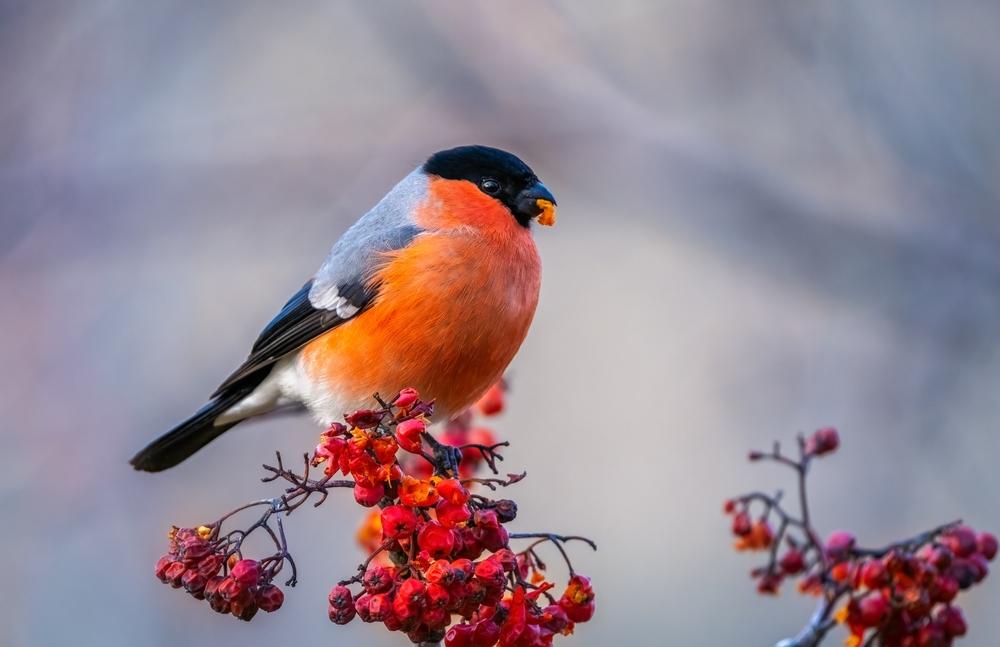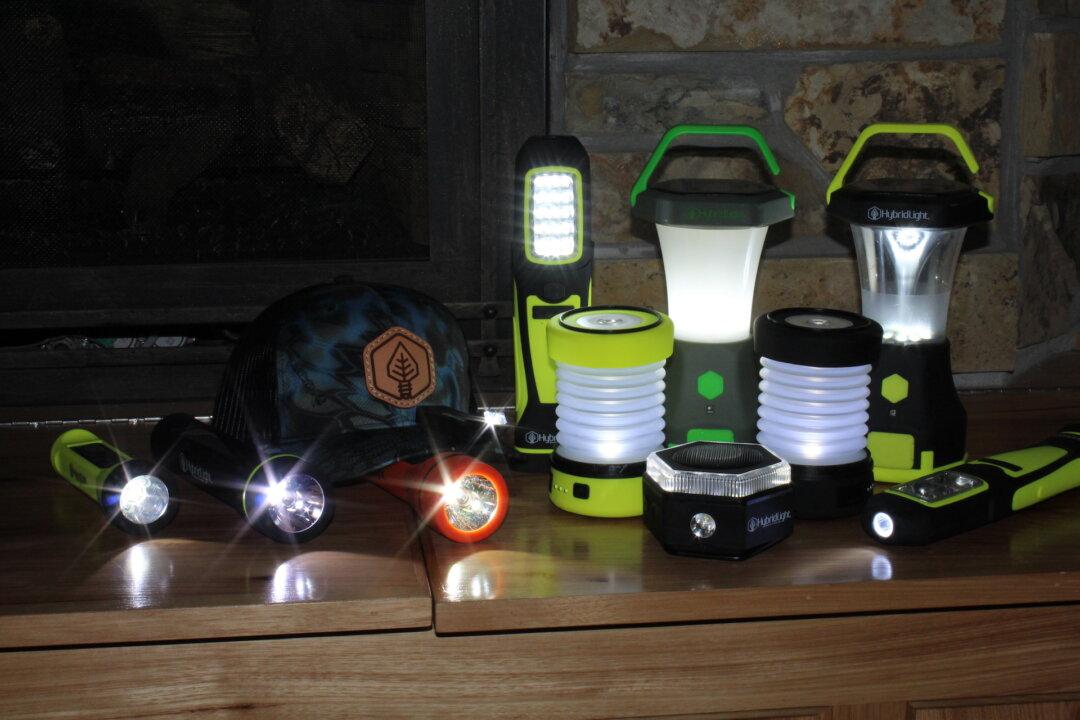Of all the incredible wildlife in the world, birds are among the most plentiful and varied, ranging from tiny hummingbirds to massive condors. These amazing creatures inspire a closer look, which is the essence of birdwatching, also known as birding. It’s a very easy hobby to pursue and can be done in most parts of the world year-round. The temperature outside may be falling, but the skies and fields are still full of birds for those who know where and when to look for them.
Categories of Birdwatchers
Anyone who has ever marveled at a hawk or eagle soaring overhead or smiled as a mama duck and her ducklings waddle past is technically a birder. What separates the casual birder from those for whom it’s a passion, and who may be referred to as twitchers, is the amount of time and effort expended. Most fall into the category of an appreciative observer, which simply means being happy to see an attractive bird perched on a tree in the backyard. Those who take a more active interest range from “patch birders” who observe birds in the fields and skies around home and work, to “listers,” who keep meticulous records of the species spotted, as well as the time of day and weather conditions, to “lifers,” who are ready to drop everything to respond to sightings of rare or elusive species.A “twitcher” is perhaps the most obsessive of all birders. This group chases the rarest birds, roaming the globe laden with gear, as seen in the movie “The Big Year” in which three birders spend 12 months competing against each other in a marathon effort to spot the most species of North American birds.






